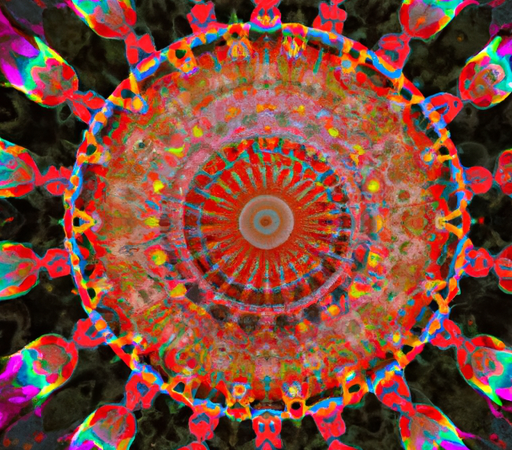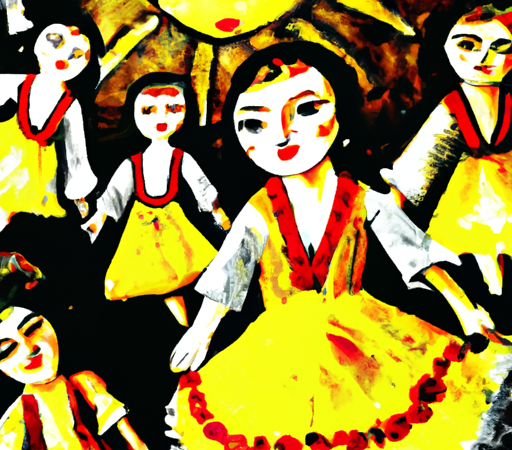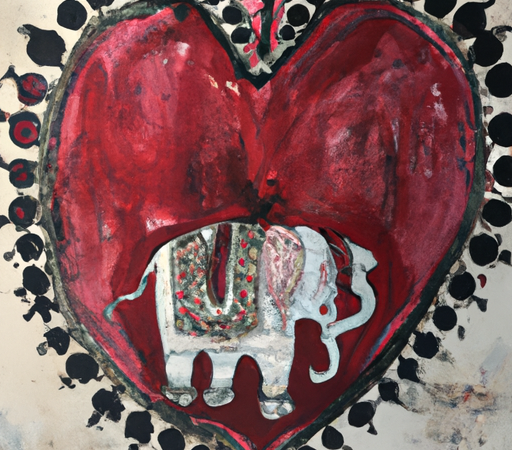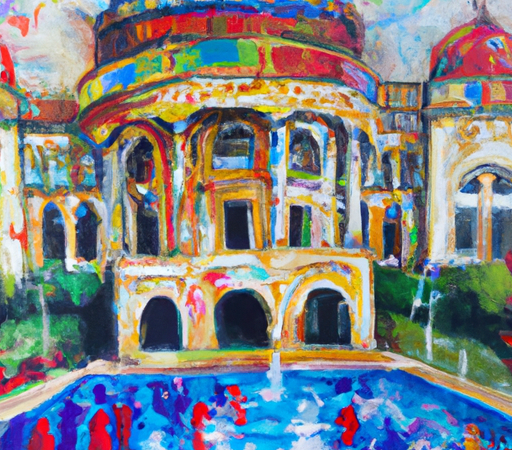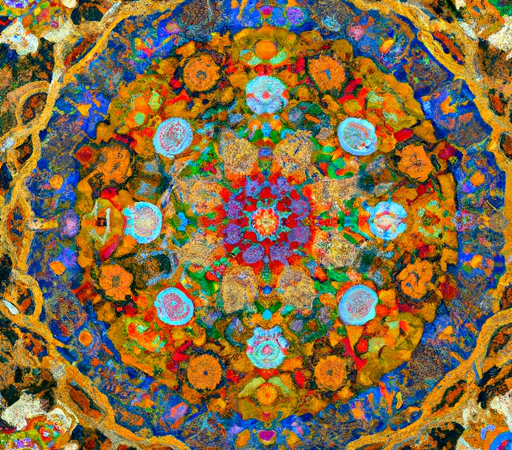Art and Society: Understanding the Role of Masterpieces in History
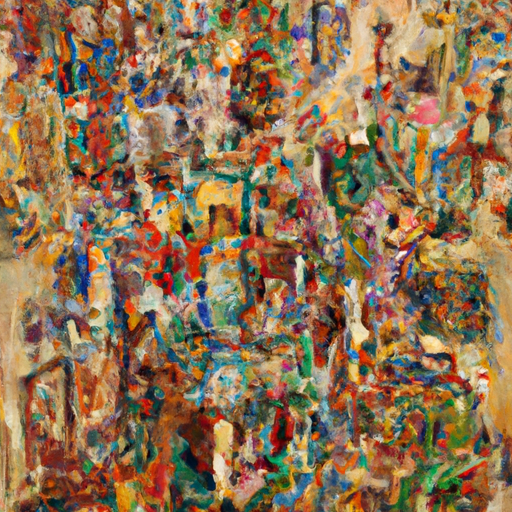
Art has always been an invaluable part of human culture. Throughout history, it has served as a mirror reflecting the society it was created in, encapsulating the emotions, values, and beliefs of a particular era. From the classics of ancient civilizations to the contemporary works of today, art has strived to capture the essence of human existence and provoke thought, conversation, and change. One can truly understand the role of masterpieces in history by diving into the intricate relationship between art and society.
Masterpieces are often defined as artworks recognized for their exceptional skill, originality, and enduring impact. These works transcend time and place, becoming cultural assets that hold great significance within society. They allow us to look back on history, offering profound insights into the values and struggles of past societies. By studying these masterpieces, we gain a deeper understanding of the human experience and the unique challenges faced by our ancestors.
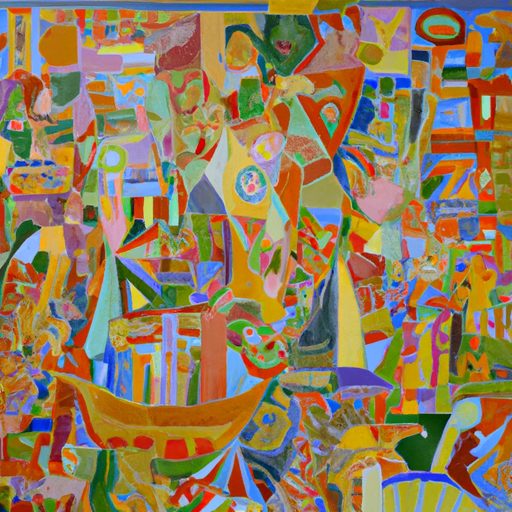
Throughout history, art has often been used as a tool for propaganda and political commentary. Rulers and empires commissioned grand statues, murals, and architecture to promote their power and reinforce social hierarchies. Ancient civilizations such as the Egyptians and Romans created intricate art forms to symbolize their strength and divine connections. In the Middle Ages, Christian art dominated the European scene, with religious iconography as a means of conveying theological principles and inspiring devotion.
The Renaissance period, however, marked a significant shift in the relationship between art and society. As humanism emerged, artists sought to explore the individual and their place in the world. Masterpieces such as Leonardo da Vinci's "Mona Lisa" and Michelangelo's "David" captured the newfound fascination with human form and psychology. These works transcended mere representation, provoking philosophical and intellectual discussions on the nature of humanity.
As societies evolved, art continued to mirror and challenge the prevailing norms. During the Romantic era, artists like William Turner and Caspar David Friedrich depicted the power of nature and the sublime, taking an introspective approach in response to rapid industrialization and urbanization. The Impressionists, led by pioneers like Claude Monet and Pierre-Auguste Renoir, captured fleeting moments of light and color, challenging the established academic style and embracing the changing urban landscape.
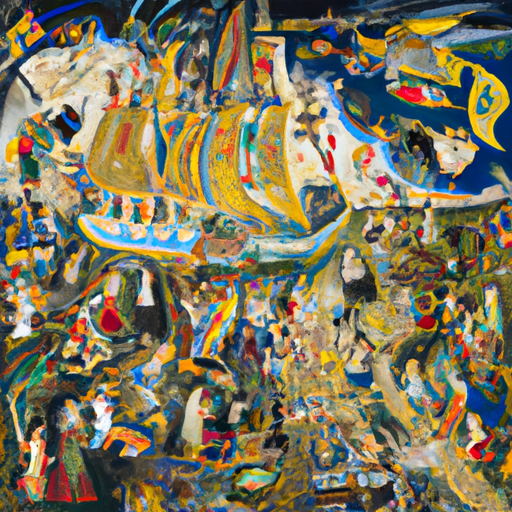
In the 20th century, art became an even more powerful agent of social change. Avant-garde movements like Dada, Cubism, and Surrealism disrupted traditional aesthetics, aiming to question the status quo and challenge conventional ideas. Artists such as Pablo Picasso, Salvador Dalí, and Frida Kahlo used their masterpieces to explore themes of identity, war, and social inequality. These works often sparked controversy and fueled social movements, promoting dialogue and encouraging society to reassess its values.
Today, masterpieces continue to play a vital role in society. Art galleries and museums house these iconic works, serving as cultural hubs that educate, inspire, and provoke thought. Contemporary artists like Ai Weiwei, Banksy, and Yayoi Kusama continue to create boundary-breaking masterpieces that address pressing social issues such as immigration, human rights, and climate change. In an increasingly interconnected world, art transcends borders, cultures, and languages, fostering understanding and empathy among diverse societies.
Whether we interpret them as a reflection of society, a catalyst for change, or a medium for personal expression, masterpieces hold immense historical and cultural value. They provide us with glimpses into the past, reminding us of our shared human experience while challenging us to question the world we live in. As we continue to create and appreciate art, let us recognize its power to shape history and inspire positive societal transformation.


